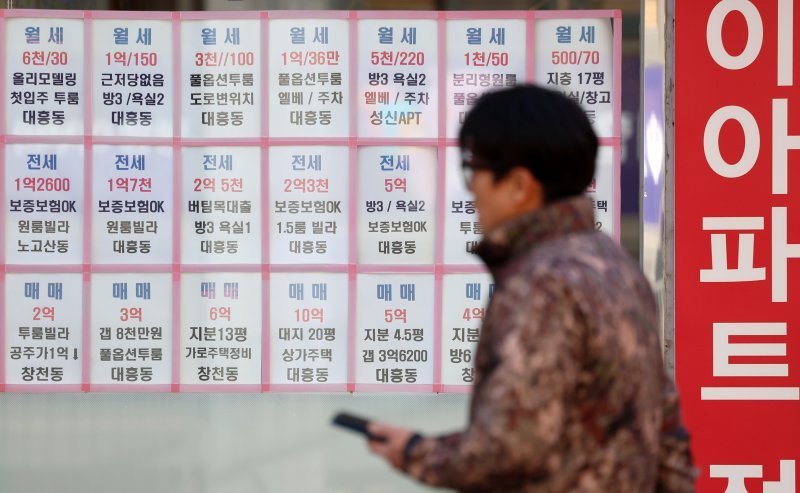[fn Editorial] One Month Since the October 15 Real Estate Measures: Time to Address Side Effects and Present Supplementary Plans
- Input
- 2025-11-16 18:26:40
- Updated
- 2025-11-16 18:26:40

It is true that the rate of increase in Seoul apartment prices has slowed since the October 15 Real Estate Measures. According to the Korea Real Estate Board (KREB) on the 13th, the weekly growth rate of Seoul apartment prices, which stood at 0.54% just before the announcement, dropped to 0.17% in the second week of November. However, price hikes remain significant in Han River Belt areas such as Songpa District, Yongsan District, and Seocho District. Meanwhile, some non-regulated areas in Gyeonggi Province, including Suwon, Hwaseong-si, and Guri, are experiencing unstable price trends. With continued preference for 'one smart property' and the balloon effect, it is premature to declare housing prices stabilized.
Above all, the most pressing issue is that genuine homebuyers are suffering due to the side effects of these regulations. Restrictions limiting loans for high-priced homes to between 200 million and 600 million won have made it harder for real buyers to purchase homes, while wealthy individuals are actively acquiring ultra-high-priced properties with cash, unaffected by the regulations.
In reality, government regulations have led to a sharp drop in available listings and made loans more difficult to obtain, causing transaction volumes in areas such as Yeongdeungpo District and Gwangjin District in Seoul to fall by about 90% compared to previous levels. Conversely, a newly launched 84-square-meter apartment in Seocho District required nearly 3 billion won in cash, yet still saw a competition rate of 86 to 1.
If these side effects in the market are left unaddressed, the asset gap between the middle and upper classes will widen, potentially fueling greater social conflict. According to the Ministry of Land, Infrastructure and Transport (MOLIT)’s Korea Housing Survey, as of last year, it would take 14 years of saving an entire salary to buy a home in Seoul. This is already a grim reality, with the average apartment price in Seoul approaching 1.5 billion won and the median income for a four-person household just over 6 million won. For ordinary citizens and the middle class, buying a home in Seoul with only their salaries is virtually impossible.
Political disputes over the October 15 Real Estate Measures are also intensifying. The People Power Party accused the government of deliberately excluding the latest statistics to expand regulated areas, calling it 'statistical manipulation,' while the Democratic Party of Korea (DPK) dismissed this as 'irresponsible sophistry.' Yet, with the public expressing anxiety over housing, it is questionable how such unproductive political strife can contribute to real stability in the housing market.
What matters now is to thoroughly examine the impact of demand-suppression policies on the market, minimize side effects, and swiftly develop supply measures, the core of housing stability. In this regard, the recent decision by Minister Kim Yun-duk of MOLIT and Seoul Mayor Oh Se-hoon to establish a consultation channel for housing supply is a meaningful step forward. All parties should adopt a proactive stance in formulating measures to expand supply, such as lifting green belt restrictions and easing regulations on redevelopment and reconstruction.